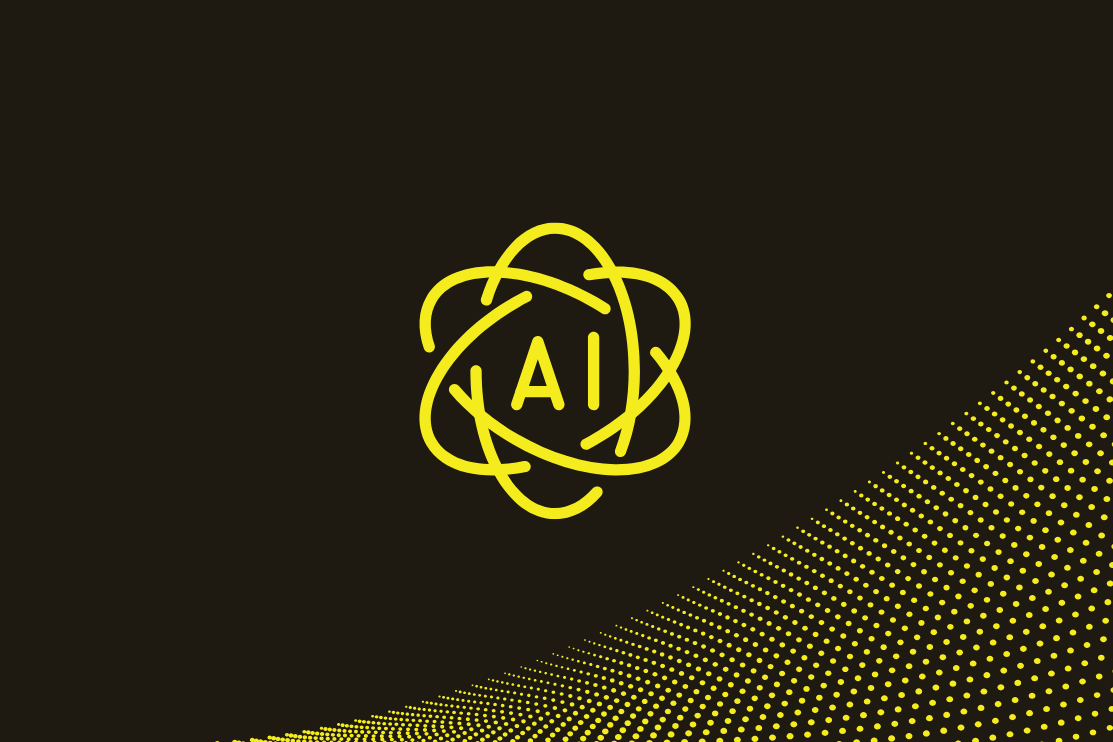Supporting the “Invisible Middle”: Tips to Ensure All Students Are Fully Included in CCR
Supporting the “Invisible Middle”: Tips to Ensure All Students Are Fully Included in CCR
Supporting the “Invisible Middle”: Tips to Ensure All Students Are Fully Included in CCR
Supporting the “Invisible Middle”: Tips to Ensure All Students Are Fully Included in CCR
Supporting the “Invisible Middle”: Tips to Ensure All Students Are Fully Included in CCR
Supporting the “Invisible Middle”: Tips to Ensure All Students Are Fully Included in CCR
Don't miss our breakout sessions!
Book time with our team on-site!
Our team is excited to meet you. Book a time that works best.


In high schools, many programs and initiatives are still designed to serve two distinct sets of students. One group includes those who excel at successfully completing the homework, projects, and tests that are presented. These are students who demonstrate compliance coupled with academic or extracurricular achievement; they are then encouraged to take advanced coursework, apply for selective internships, or pursue enrichment opportunities that offer further opportunities to deepen their learning in an academic context. On the other end, are students who struggle; those who need additional support to meet graduation requirements or achieve proficiency on key assessments. These students are often “double dosed” with academic support classes, remedial programs, and after-school and Saturday test prep sessions. Both groups are often well served by specialized programs, targeted interventions, and sustained attention from counselors, teachers, and administrators.
But the reality is that most students fall somewhere in between.
The majority of high schoolers are steadily meeting expectations, passing their classes, and progressing toward graduation. They follow the standard course sequence, check the necessary boxes, and stay largely on track–yet they often do so without extra supports as they are not standing out by either excelling or struggling. They rarely trigger alerts in data systems or require immediate intervention. In many schools, these students make up the largest group by far, and yet they often remain under the radar of the educational institution’s monitoring and intervention system.
For these students, success in meeting basic requirements can mask a deeper challenge: a lack of meaningful direction or engagement in planning for life beyond high school. They may not receive the same encouragement to explore career interests, pursue additional opportunities, or connect their learning to real-world goals. Without intentional structures for reflection and planning, they can graduate without a clear sense of purpose or an actionable next step. Schools and districts must make a deliberate effort to design college and career readiness (CCR) supports that reach every student–not only those who need intervention or acceleration. By embedding CCR experiences, guidance, and tools into the high school experience, educators can ensure that all students leave prepared for their next chapter. Administrators and counselors can use these tips to guide this work.
Use Data to Proactively Identify and Engage Students
The first step to supporting the invisible middle is to make them visible–to identify them based on their lack of labels, specialized programs, or interventions. Too often, these students go unnoticed precisely because they appear to be doing fine just as they are; they are passing classes, earning required credits, and staying out of trouble. Yet a closer look at the data often reveals important gaps in access, opportunity, and engagement needed for post-secondary success. By leveraging CCR platforms and student information systems (SIS), schools can move beyond surface-level indicators to uncover who might be quietly slipping through the cracks. Analyzing which students are “on track” for graduation but not enrolled in advanced coursework, dual-enrollment programs, or career and technical education (CTE) pathways helps identify those who could benefit from additional challenge, guidance, or exposure.
When these patterns are reviewed regularly alongside other data cycles such as academic progress monitoring, they can inform more strategic decisions. Over time, these insights can drive structural changes to ensure that every student has access to enrichment, mentorship, and real-world learning opportunities. Turning data into action in this way helps schools transform the invisible middle into an engaged, empowered majority.
Expand Access to Exploration and Enrichment
For many students in the “invisible middle,” the greatest barrier to discovering their strengths and passions is not ability but access to resources that will question, challenge, or guide them. These students often do not see themselves as the kind of student who gets chosen for support customized to their unique mix of moderate successes and personal interests. Without intentional outreach, they can miss out on the kinds of experiences that spark curiosity, affirm goals, and nurture engagement.
Schools can change the experiences of students, and thus their post-secondary trajectory, by intentionally broadening participation in exploration and enrichment opportunities. Career panels, college visits, and internships should not just be reserved for high achievers; they should be open to all students and actively promoted as part of the CCR culture. When students who might never have pictured themselves in certain roles are invited to explore them, they begin to envision new futures and take ownership of determining what choices they have after graduation.
Districts can also strengthen access through partnerships with community colleges, trade organizations, and local employers. Even a single day of hands-on learning, such as shadowing a professional or earning a micro-credential can transform a student’s understanding of what is possible. By expanding who gets to explore, schools expand who gets to aspire.
Ensure Students are Connected
For students in the middle, connection can be a very powerful component. These students may not need intensive interventions, but they do benefit from consistent check-ins, encouragement, and reminders that someone is paying attention to their growth. Schools can build structures that ensure every student has at least one meaningful adult relationship on campus. This person should be someone who regularly asks about their goals, progress, and interests beyond the classroom.
When possible, districts should use CCR platforms or student information systems to track student engagement in extracurriculars such as clubs, athletics, work-based learning (WBL), or volunteer experiences. Analyzing student systems for the absence of records will reveal those not being served. These insights help educators identify students who may be less connected to school life and find ways to re-engage them through new opportunities.
Celebrate Milestones Beyond Academics
Actively being engaged and having students feel recognition fuels both motivation and a sense of self. When schools celebrate more than just grades or test scores, they send a powerful message that success takes many forms. Acknowledging students for completing CCR milestones including earning an industry certification, completing a career pathway, or securing an internship–and including a diversity of students across achievement levels–helps other students to see themselves in these experiences.
Schools can spotlight these achievements through bulletin boards, newsletters, social media, or end-of-year events, giving visibility to the steps that lead to postsecondary success. By widening what is celebrated, schools both motivate individual students and work to cultivate a culture where all pathways are valued and visible.
Every Student Should, and Can, Feel Seen and Valued
The true measure of college and career readiness success is how schools and districts fully empower each and every student, regardless of where they fall, to have goals for after high school, a plan for how to achieve it, and the skills to be successful. These students in the middle–the quiet achievers, the reliable participants, the ones who do what is asked without asking for more–deserve more than to simply graduate on time; they deserve to graduate with purpose. By embedding exploration, mentorship, and reflection into every student’s experience, educators transform “readiness” from a checklist into a culture: one that sees potential in every student, not just those who stand out.
Related Posts
See All




